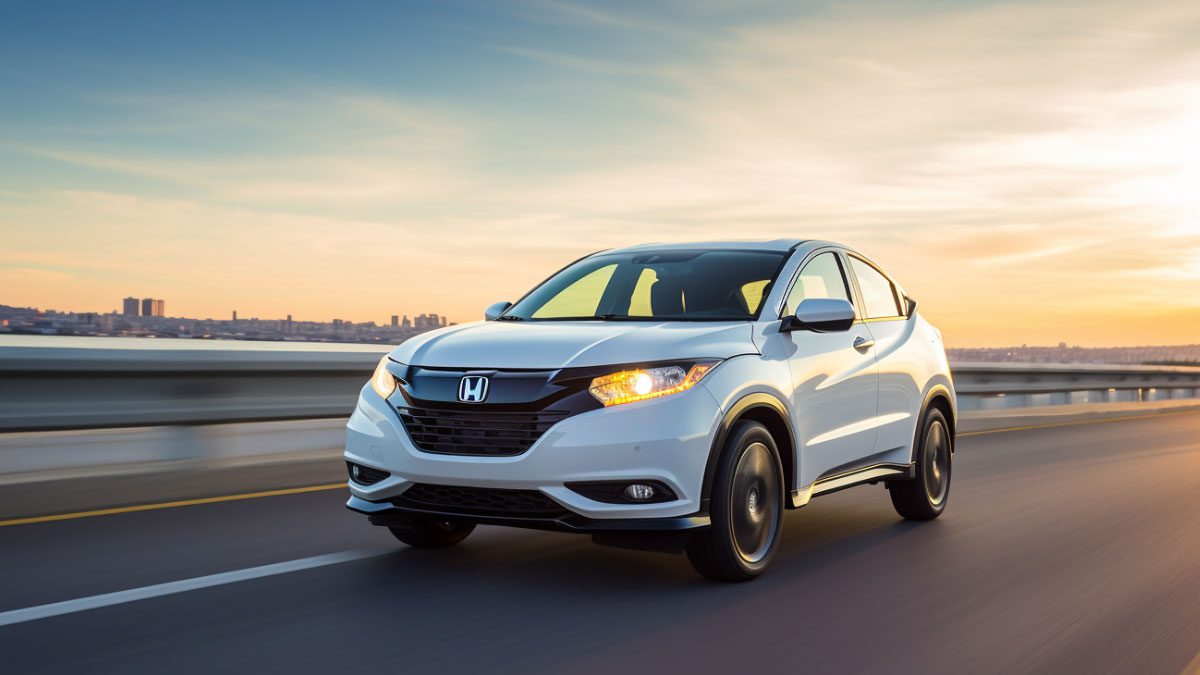8 Reasons The Oil Light To Come On When You Hit The Brake?
The oil light is a vital indicator that alerts the driver that there is a problem with a vehicle’s oil health. Ignoring the oil light can damage the engine. Also, knowing the reasons behind the oil light illuminating is crucial to fix it.
What makes the oil light come on when you hit the brake? The oil light in a vehicle comes on when braking due to low oil levels or a faulty oil pressure sensor. A failing oil pump, incorrect oil grade, oil foaming, fuel injection flooding, or an old car can also cause it.
Read on to find out all the potential causes that trigger the oil light to come on when braking.
What Makes the Oil Light Come on When Braking?
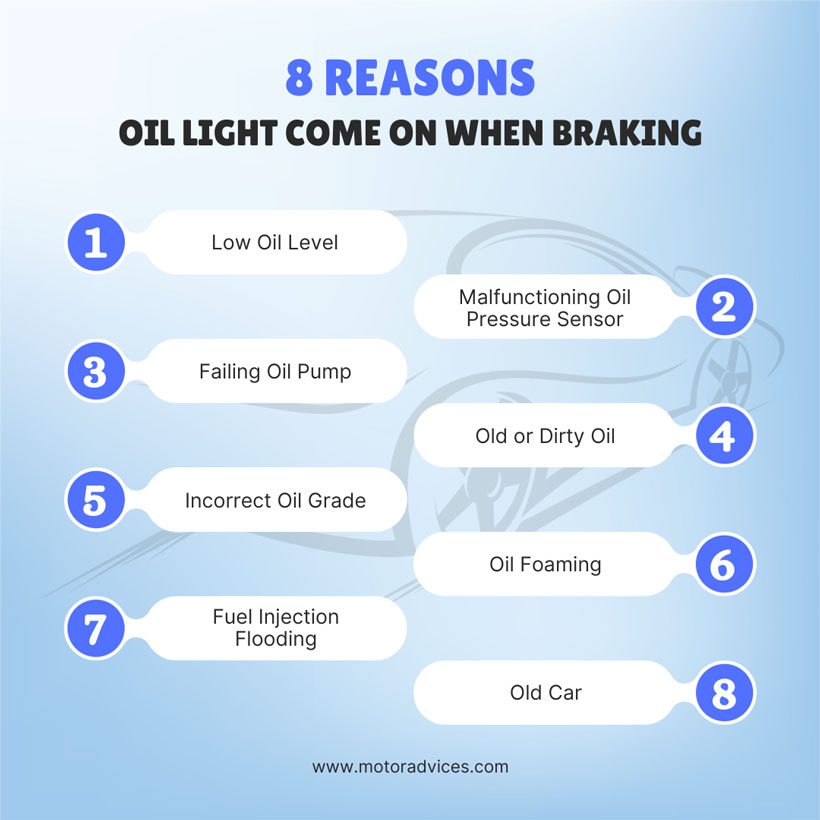
As we mentioned earlier, there are several reasons why the oil light comes on when braking. Here, we detail the reasons.
1. Low Oil Level
When you hit the brake, the vehicle’s weight shifts forward. This causes the oil in the oil pan to slash from one side of the pan to the other. This leaves the oil pick-up tube dry. The pick-up strainer catches air instead of oil for that brief moment.
As a result, the oil pressure drops, and the pressor sensor transmits this information as an oil pressure warning on the dashboard.
Low oil levels do not result from a single brake. Rather, it is a problem that develops over time due to neglect, rusting, or blockage in the oil system.
A lower oil level means you have either 1 or 2 quarts of oil in your car.
Other causes for low oil levels are as follows:
- An oil leak comes from burnt-out seals due to high oil pressure, worn-out gaskets, or loose plugs in the internal combustion engine.
- An oil pickup tube getting clogged from the sludge clumps in the oil pan. When it gets clogged, it cannot draw oil from the oil pan into the engine.
- A clogged oil filter prevents the oil from flowing into the engine.
- Worn-out engine bearings create an opening between the bearings and the shafts, which causes oil leaks. These bearings can also cause metal swarfs that can clog oil pathways and obstruct oil flow.
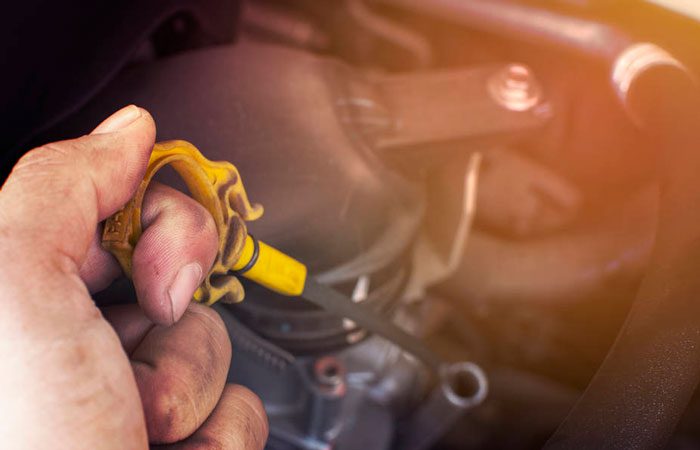
Diagnosis:
- Check for wear and tear of relevant components.
- Check the oil level or oil indicator by taking out the dipstick.
- Wipe it off with a clean cloth and reinsert the dipstick in its tube.
- Pull the dipstick out again and examine the oil level.
- If the oil level is below or near the “low” mark on the dipstick, then a low oil level is the problem.
- Most cars require between 4-6 quarts of oil.
Solution:
- Check the gaskets and plugs in the internal combustion engine. Replace them if they are damaged.
- Check for clogged clumps and oil filters. If possible, clean them. Otherwise, replace them.
- Check for wear and tear in the engine bearings. If so, replace the bearings and ensure all oil leak paths are fixed.
- Add the recommended oil type until it reaches the full mark.
2. Malfunctioning Oil Pressure Sensor
A malfunctioning oil pressure sensor reads false calculations and causes the oil light to come on. When braking, the vehicle’s RPM lowers.
A malfunctioning oil pressure sensor misinterprets the lower RPM as being outside the normal range of oil pressure. It misreads the RPM even when it is in a perfectly normal range.
Normally, for every 1000 RPMs, oil pressure drops by 10 psi. A defective oil pressure sensor misreads these calculations.
This happens due to a wiring issue, connection problem, or expiration of the oil pressure sensor.
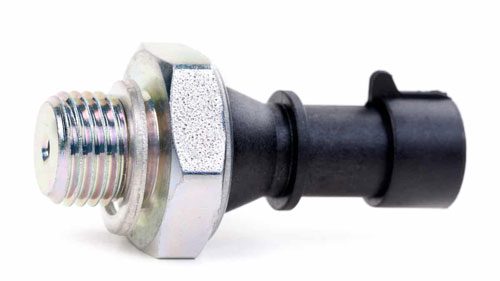
Diagnosis:
- Check for any wiring issues or loose connections in the oil pressure sensor.
- Use a multimeter to read the measurements of the faulty pressure sensor.
- Then, compare these output values with standard measurements.
- If the readings are inconsistent, it means the pressure sensor is faulty.
Solution:
- Replace the malfunctioning oil pressure sensor with a new one that meets the manufacturer’s specifications.
3. Failing Oil Pump
A failing oil pump cannot circulate oil to the moving parts of an engine. Failure to supply adequate oil to these moving parts overheats the engine. The pressure sensor reads this insufficient oil supply to be low oil pressure.
Especially during braking, the sudden movement requires the engine to demand increased oil circulation, which a failing pump cannot provide.
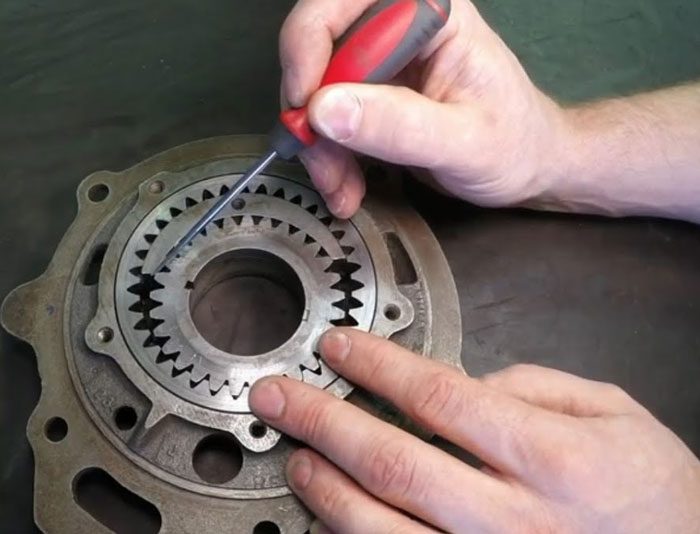
Diagnosis:
A failing oil pump will produce a strange whirring noise coming from the engine.
Solution:
- Replace it with a new compatible OEM oil pump.
4. Old or Dirty Oil
Oil can gather dust and debris as it runs through the engine. Eventually, this oil can become clogged and dirty.
Dirt causes good amber-like oil to become super black in color and has a strong smell. This dirt-laden oil can cause blockage in the engine, lowering oil pressure.
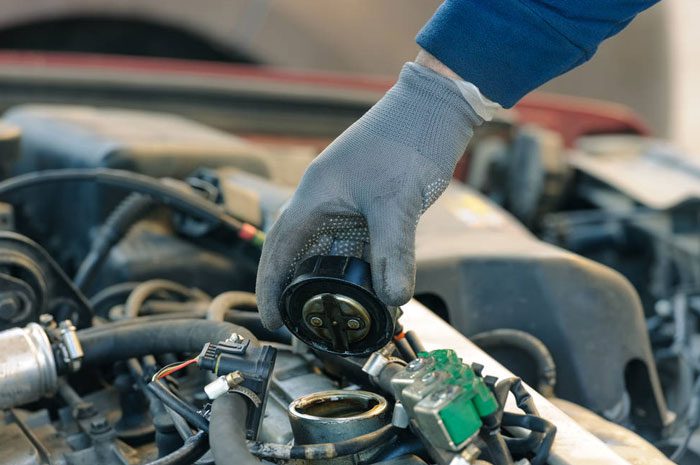
Diagnosis:
- Take out the dipstick to check the oil form. If the oil is sludgy, black, and has a pungent smell, then it means the oil is dirty or old.
Solution:
- Drain out the old and dirty oil. Pour fresh oil through the oil filler cap.
5. Incorrect Oil Grade
Each auto manufacturer has a recommended type of engine oil and grade found in the owner’s manual. The requirements slightly differ from one to another.
If you are using oil with a lower viscosity than recommended, it cannot lubricate the engine properly, causing low oil pressure.
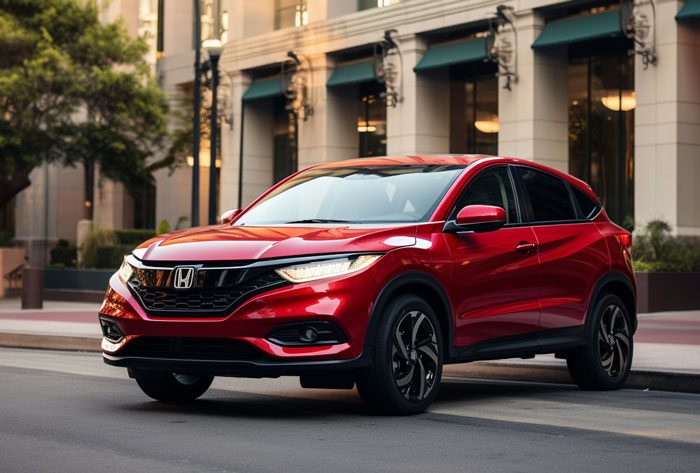
Diagnosis:
Refer to the manufacturer’s manual. Check if the oil grade in your vehicle matches the manual specifications.
Solution:
- Drain out the incorrect grade oil. Replace it with the engine oil that matches the manual specifications.
6. Oil Foaming
Due to rapid RPM fluctuations, the engine oil can foam. As a result, it cannot lubricate the engine properly, triggering the oil light sign.
Diagnosis:
Observe whether the oil is frothy or bubbly. Frothy oil indicates the presence of oil foam in the oil. It is caused by excess oil, defective PCV systems, or coolant contamination.
Solution:
If it is due to excess oil, drain out the excess oil. If it is caused by a defective PCV system, replace or repair the PCV components. If you suspect the coolant is mixing with the oil, then repair the faulty coolant system.
7. Fuel Injection Flooding
If you pour excessive gasoline into an old carbureted engine, it may flood the fuel injection and thin the oil viscosity. It also disturbs the fuel injection’s air-to-fuel ratio.
When you brake, the diluted oil surges forward, catching more air than oil and triggering the oil light.
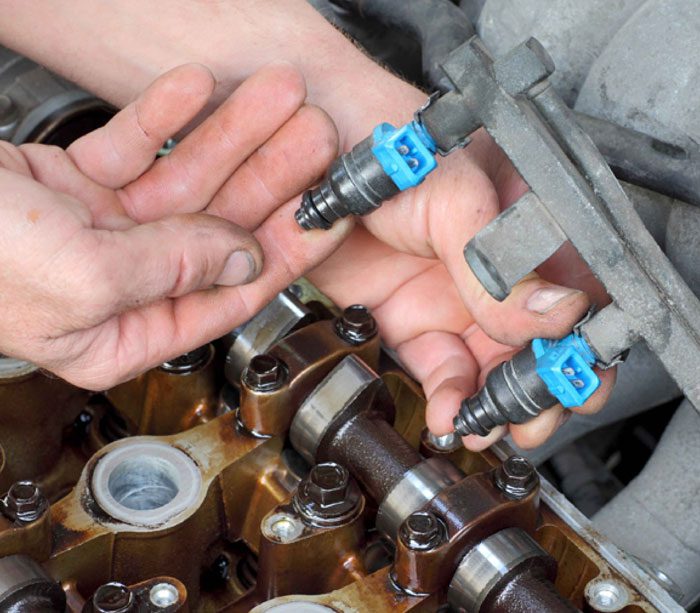
Diagnosis:
When you start the car, the engine takes a lot of time to start. Also, the exhaust emits considerable amounts of black smoke. Consider this to be caused by fuel injection flooding.
Solution:
- Turn off the engine.
- Inspect the fuel injector for any leaks or damage.
- Make sure the air filter is clean and not clogged.
- Use an OBD-II scanner to check for error codes related to fuel delivery or sensor issues.
- A fuel injector with minor wiring issues can be cleaned and repaired with a fuel injector kit.
- However, a fuel injector body that is broken or accumulates excessive carbon buildup must need to be replaced.
8. Old Car
It is common for older car engines to lose balance during braking. When the accelerator is off the foot, the engine RPM has difficulty slowing down. This causes low oil pressure.
Solution:
Regular maintenance and addressing problems right away will keep an old car functioning in the long run.
When Should You Take Your Car to a Mechanic?
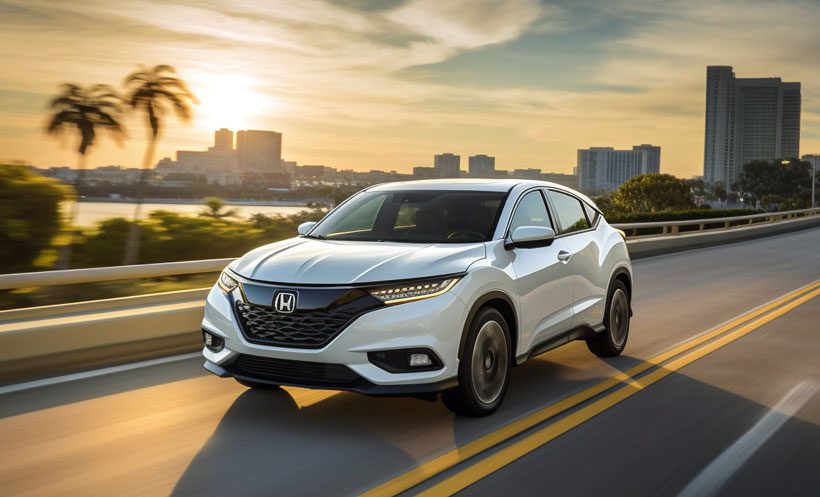
Go to the mechanic when you notice the following:
- Oil light persists after filling the oil to the brim
- A strange whirring or loud noise from the engine
- Oil dripping to the floor
- Too much smoke from the exhaust pipes
- The oil light stays on after replacing the oil pressure sensor
FAQ
Below are the frequently asked questions about the oil light coming on when braking:
When you hit the accelerator, the engine RPM increases, raising the oil pressure. This turns off the oil light.
It is recommended to change your oil every 5,000 miles. Refer to the manufacturer’s instruction manual.
It is best not to drive when you see the oil light flash. However, you can still drive for at least 30 minutes.
Outro
The oil light serves to warn the driver about low oil pressure in the vehicle’s oil system. The brake system has nothing to do with the oil light.
There are several reasons as to why an oil light comes on when braking. The most common causes are due to low oil levels or a defective oil pressure sensor. These are relatively easy to diagnose and solve.
Other lesser-known diagnosed causes are a failing oil pump, oil foaming, old oil, or fuel injector flooding. These require expertise to repair or replace.
Regular maintenance of the car can prevent the oil light from coming on when braking.

